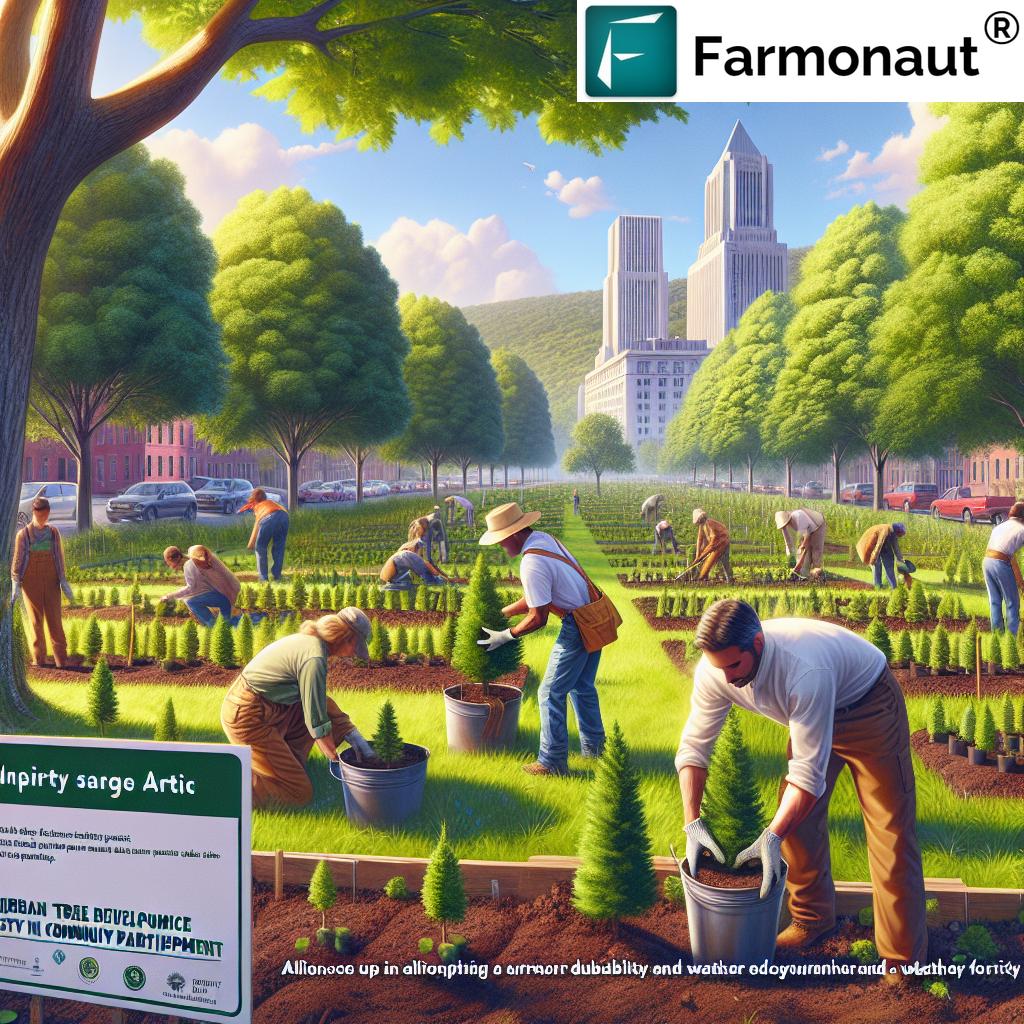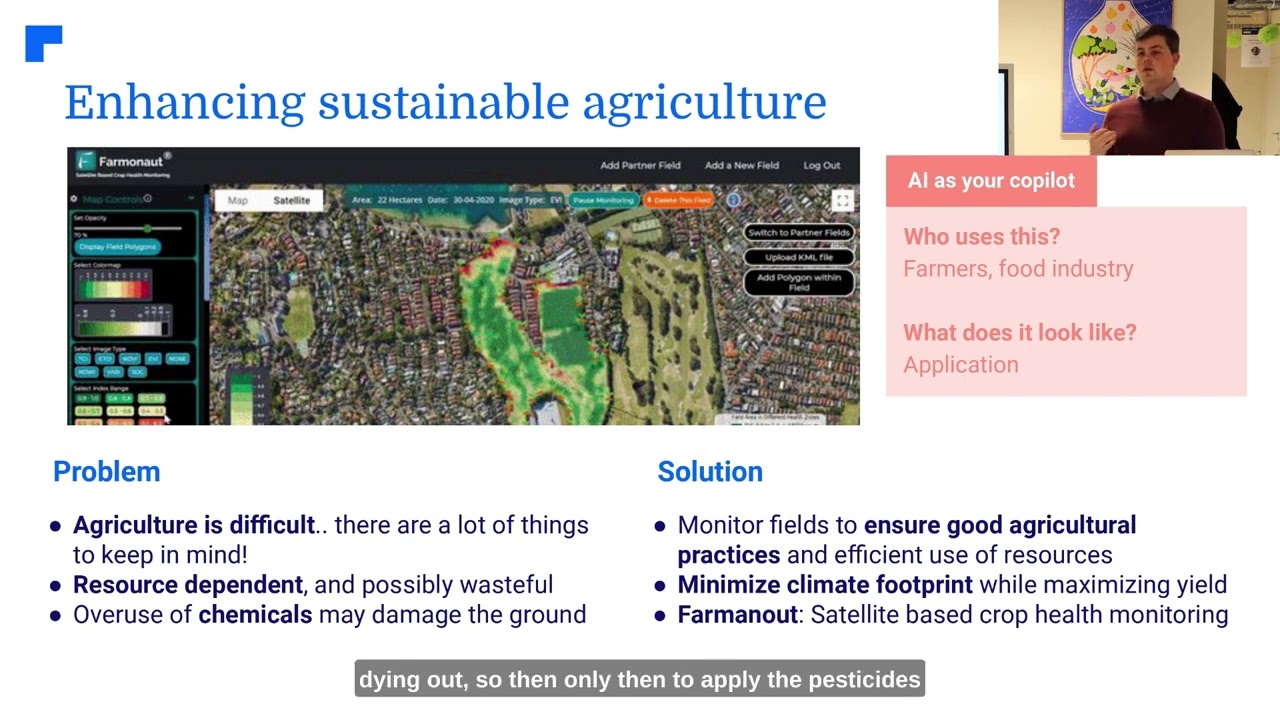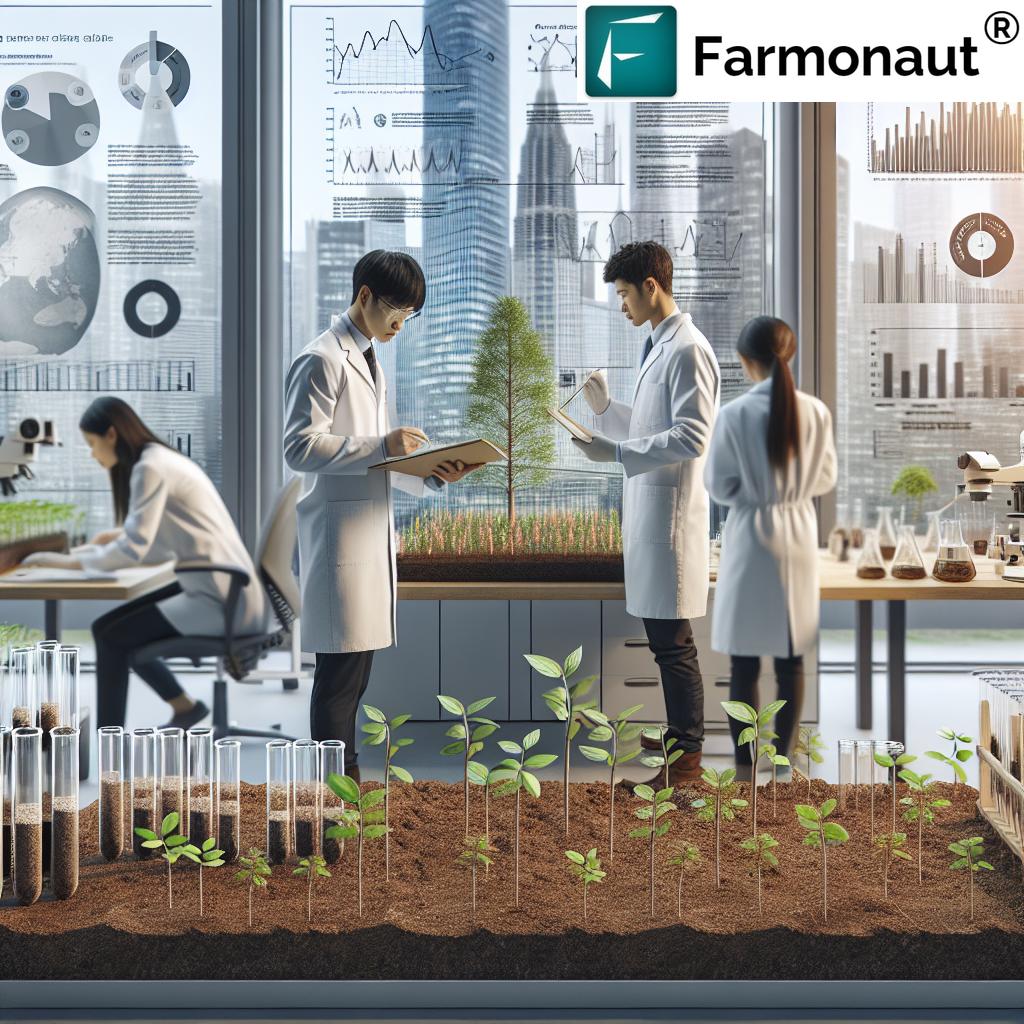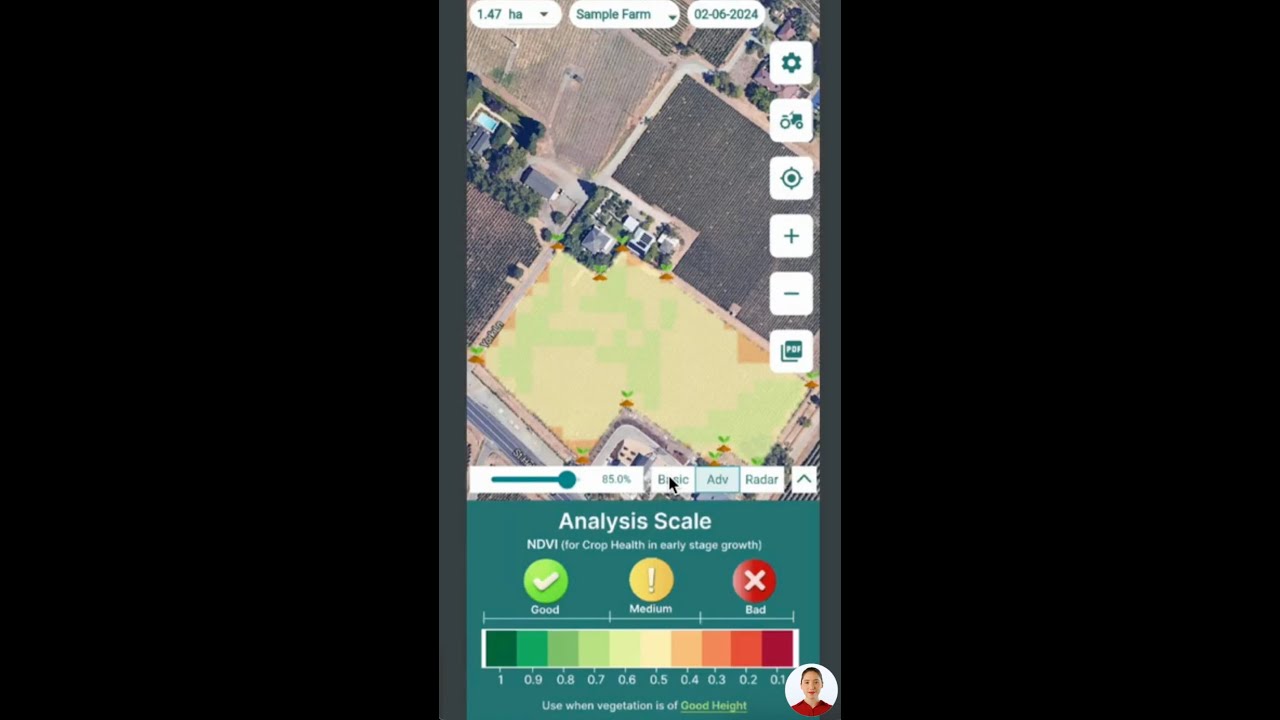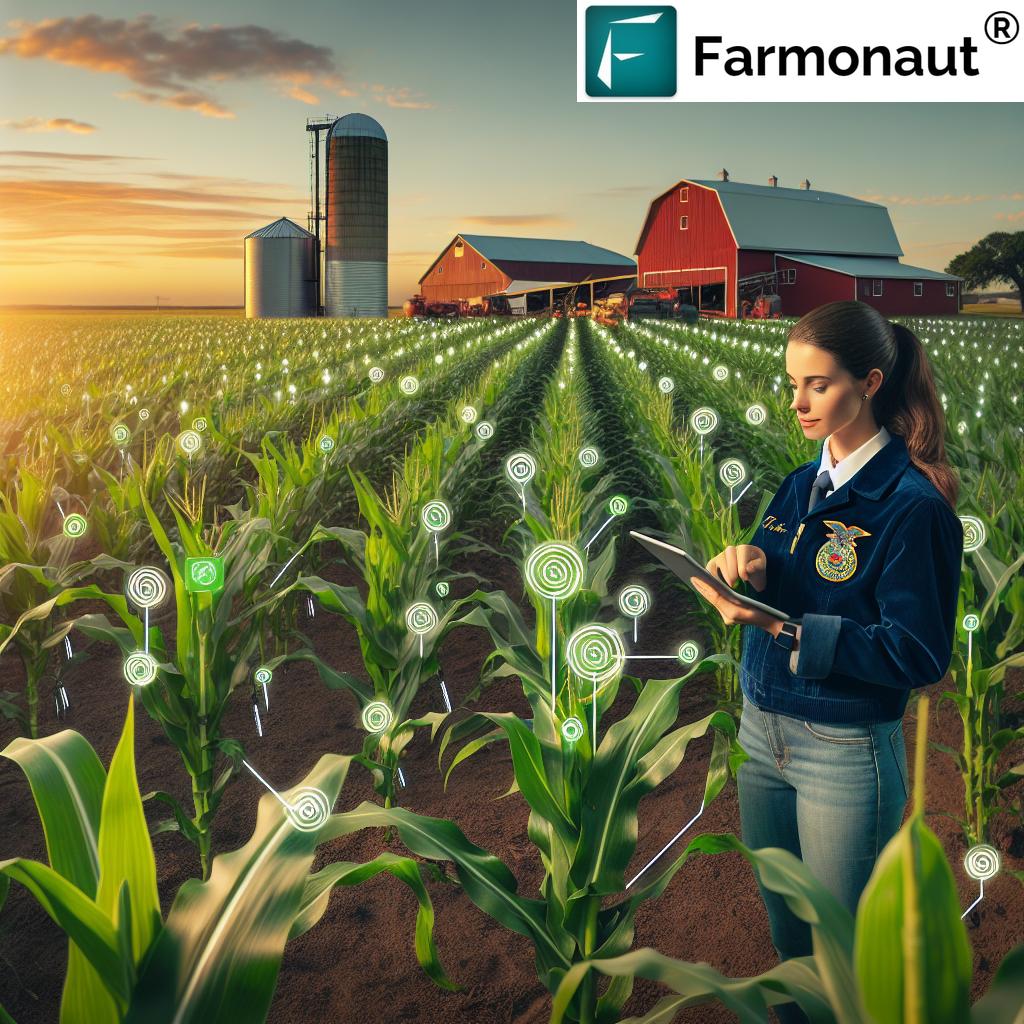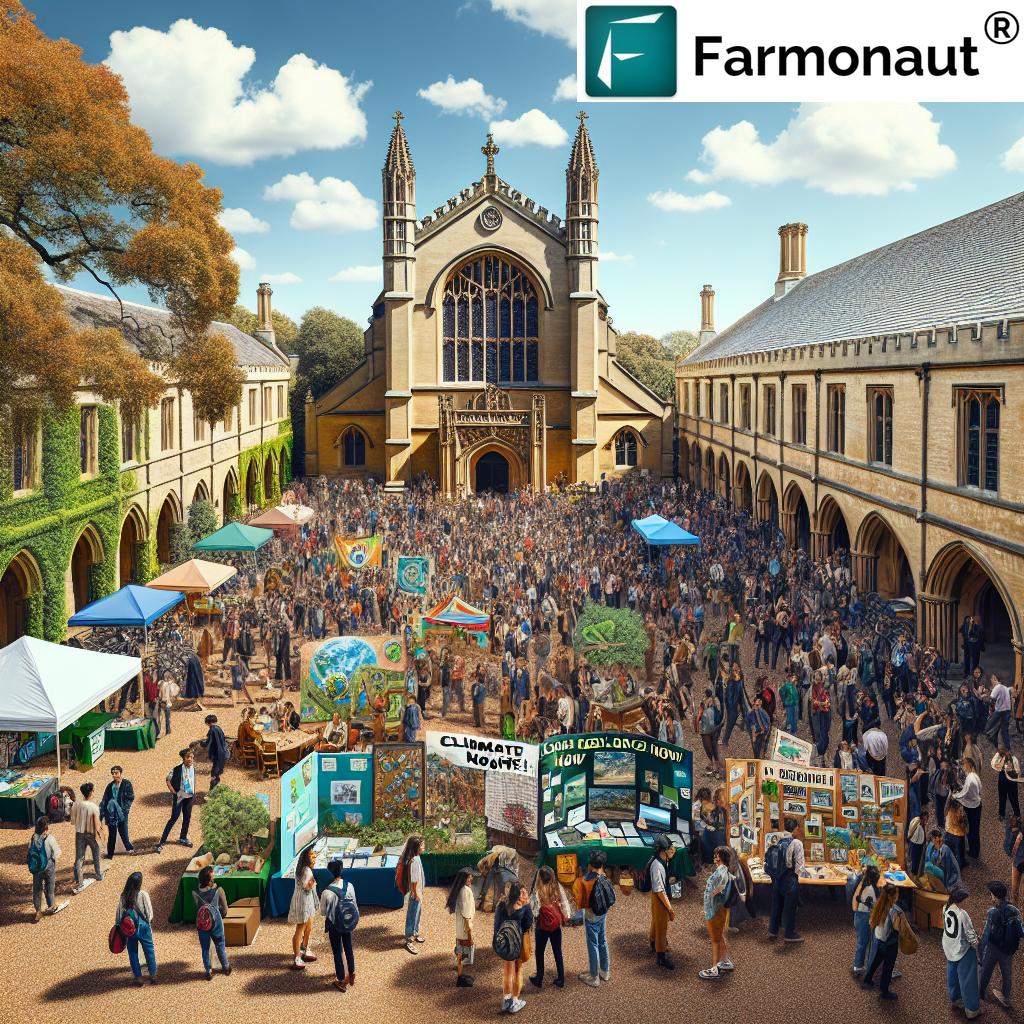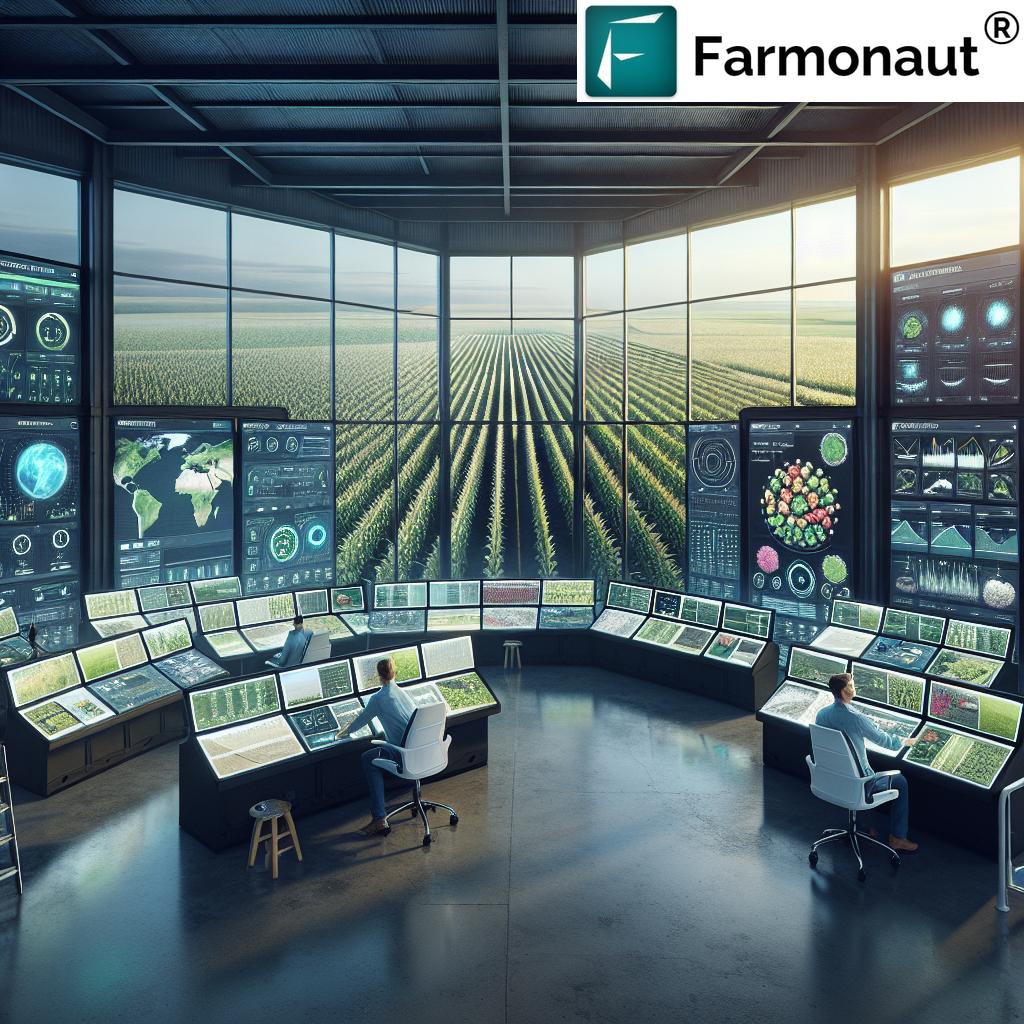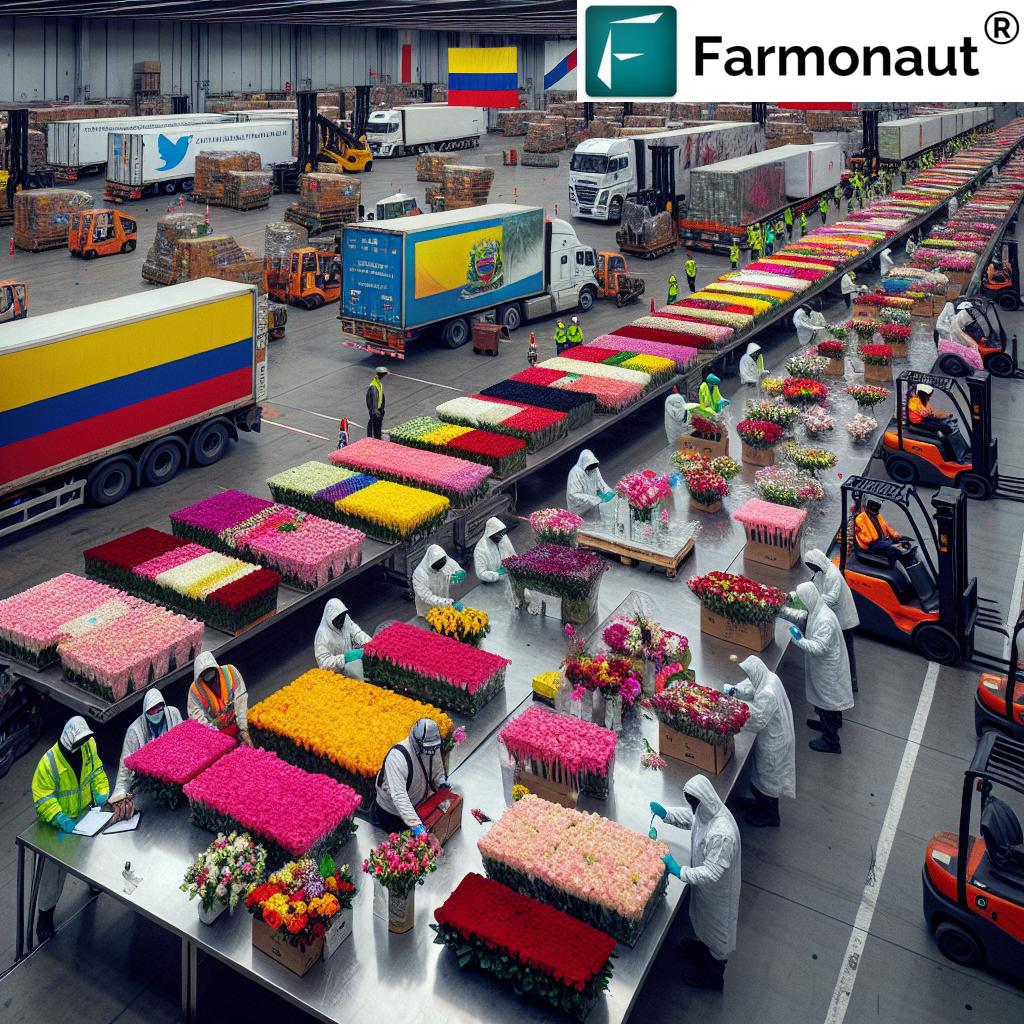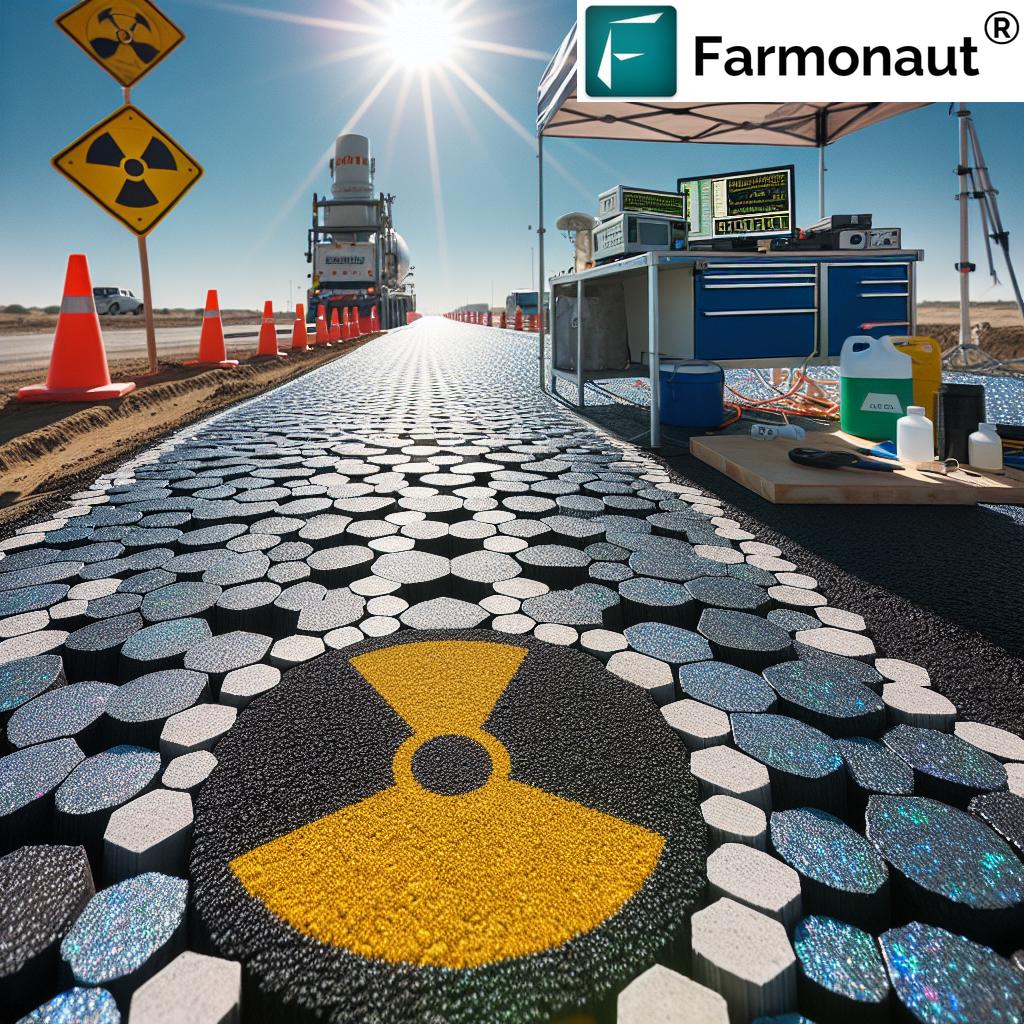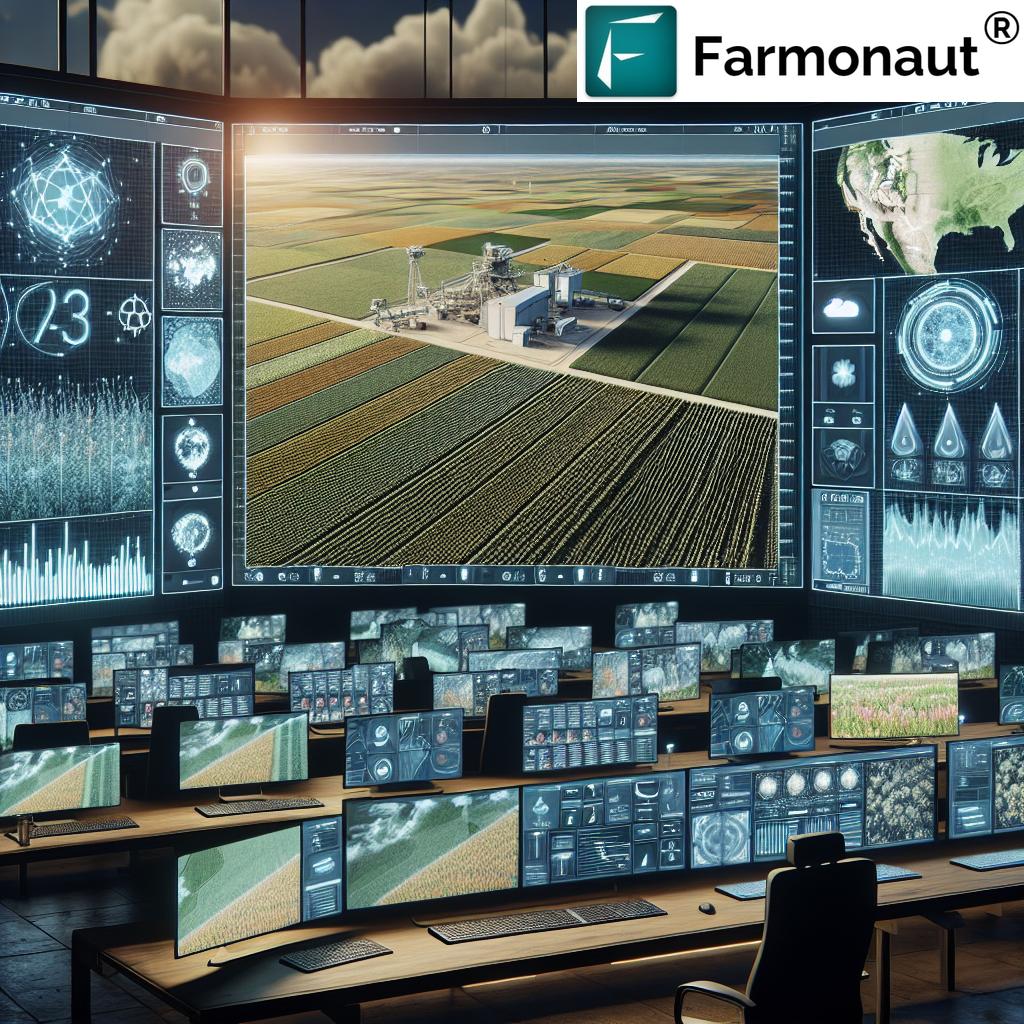Table of Contents
- Introduction
- Why Urban Tree Planting Matters in Albany
- Step 1: Community-Driven Strategic Planning
- Step 2: Cultivating Native Tree Seedlings in Local Nurseries
- Step 3: Developing an Urban Soil Testing Lab
- Step 4: Planting and Caring for Trees Across Albany
- Step 5: Enhancing Climate Resilience & Community Engagement
- Comparative Benefits Table of Native Urban Trees
- The Role of Technology in Urban Tree Planting: Farmonaut
- Frequently Asked Questions (FAQ)
- Conclusion: Planting the Seeds of Tomorrow
“Albany’s urban tree planting initiative aims to increase green space by 20% within five years.”
Urban Tree Planting Albany: 5 Powerful Steps for Climate Resilience
Urban tree planting Albany is more than just a community beautification project—it is a critical climate resilience strategy. In the heart of the Capital Region, we find climate resilience projects gaining momentum, especially with UAlbany’s innovative, student-run tree nursery and urban forestry initiatives. These are reshaping our city’s green infrastructure, nurturing local biodiversity, and directly combating urban heat islands and flooding.
Our commitment to expanding urban tree canopy across Albany is not just a response to pressing climate challenges; it is a demonstration of how strategic investments in green spaces, community engagement, and soil science empower healthier neighborhoods. By focusing on native tree seedlings, robust urban soil labs, and community tree planting programs, we are strengthening climate resilience and delivering lasting benefits to all our residents.
Why Urban Tree Planting Matters in Albany
The city of Albany is facing more frequent extreme heat, severe storms, and flooding due to climate change. Urbanization has amplified the urban heat island effect, causing temperatures in our neighborhoods to rise significantly compared to more rural parts of the region. When we invest in urban tree planting Albany and expand green spaces, we are actively working to reduce these temperatures, enhance air quality, and create a healthier environment.
The recent announcement by UAlbany—funded by the University’s Strategic Allocation of Resources (StAR) program—marks a pivotal moment in our journey towards sustainability and environmental resilience. The student-run tree nursery and urban soil lab initiative focuses on cultivating native, climate-adapted tree seedlings right here in Albany. By working closely with community volunteers, students, and dedicated researchers, we ensure that trees are grown locally and planted where they are needed most, maximizing their positive environmental impact.
The integration of climate science, geography, and community leadership at UAlbany underscores our city’s role as a model for climate resilience projects in the Capital Region and beyond. As we plant and nurture native trees, establish robust urban soil labs, and promote urban forestry, we pave the way for a greener, cooler, and more resilient Albany.
Step 1: Community-Driven Strategic Planning – Building Urban Forestry Initiatives
Strategic planning is the foundation for effective urban tree planting Albany initiatives. In order to maximize the impact of our climate resilience projects, we anchor all planning in scientific, geographic, and community-based approaches. With guidance from UAlbany’s Department of Geography, Planning & Sustainability, and support from dedicated students and faculty, we create actionable plans for improving urban green spaces.
Key Elements of Effective Urban Tree Planting Strategies
- Assessing Neighborhood Needs: We use environmental data and community feedback to identify areas most vulnerable to extreme heat, flooding, and other climate challenges.
- Setting Measurable Goals: Targets such as increasing Albany’s urban tree canopy by 20% in five years help guide our efforts and track progress.
- Engaging Local Stakeholders: Residents, local governments, academic teams, and volunteers are all vital in crafting, communicating, and realizing urban forestry plans.
- Aligning with Regional Plans: Our urban forestry programs are coordinated with wider sustainability and climate action plans of the Capital Region.
The Role of Institutions and Community Leadership
- UAlbany’s Commitment: With backing from University leadership, academic departments, and funding like the StAR grants, student-led projects become reality.
- Community Participation: Initiatives such as community tree planting programs are designed to include residents in every step, from planning to planting and care.
Urban tree planting in Albany is an ongoing, adaptive project, requiring input from science, local culture, and community service for sustained impact. By working together, we address environmental health and strengthen the city’s urban resilience to severe weather.
Step 2: Cultivating Native Tree Seedlings in Local Nurseries — Growing Climate Solutions Locally
A resilient urban forest begins with healthy, locally grown native tree seedlings. The establishment of a student-run tree nursery at UAlbany’s Uptown Campus exemplifies best practice in sustainable urban forestry, providing a steady supply of climate-adapted trees while empowering future environmental leaders. Growing these trees within the city instead of sourcing from elsewhere ensures better adaptation to local soil, weather, and pest conditions.
Benefits of Native Tree Seedlings for Urban Climate Resilience
- Better Survival and Growth: Native species are more likely to thrive in Albany’s soil and climate, helping establish a mature, long-lasting urban canopy.
- Local Biodiversity Support: These trees attract and sustain native birds, pollinators, and other species, enhancing urban green spaces and local ecosystems.
- Reduced Transportation Emissions: Growing trees onsite means less energy and resources spent on shipping seedlings into the city, directly supporting environmental sustainability Albany-wide.
- Hands-On Education: The nursery provides students from geography, science, and environmental programs with training in nursery management, ecosystem restoration, and sustainable business operations.
- Economic Development: Supplying trees and amended soils for local governments’ urban forestry needs generates sustainable economic activity within the community.
Our local tree nursery also fosters partnerships among university researchers, students, and residents. By prioritizing native trees, we actively build a resilient, healthier, and more vibrant urban forest for current and future generations.
“Over 1,000 native tree seedlings are planted annually in Albany to strengthen climate resilience.”
Step 3: Developing an Urban Soil Testing Lab – Ensuring Optimal Growing Conditions
A critical aspect of successful urban tree planting Albany projects is ensuring that soil conditions are suitable for healthy, sustainable growth. That is why establishing an urban soil testing lab as part of UAlbany’s tree nursery is so significant. Robust soil science safeguards every tree’s potential, optimizing the city’s investment in resilience.
Why Urban Soil Labs are Essential
- Testing and Amending Urban Soils: City soils often suffer from compaction, contamination, and nutrient depletion. A dedicated lab enables us to test and amend soils—adding compost, minerals, and organic matter—to ensure optimal conditions for seedlings.
- Data-Driven Planting: Using scientific soil profiles, we match the right native tree species to the right plot of land, greatly improving survival and growth rates.
- Flood and Drought Management: Properly tested and amended soils improve water retention in floods and enhance drought resilience during heat waves.
- Supporting Educational Research: The lab invites hands-on engagement in research and education, empowering the next generation of environmental and climate leaders.
This scientific approach exemplifies how modern urban forestry practices combine environmental, educational, and climate adaptation goals for Albany and the wider Capital Region.
Step 4: Planting and Caring for Trees Across Albany – Boosting Green Canopy and Healthier Communities
With native seedlings prepared and optimal soils ensured, the next step is coordinated planting and long-term care throughout Albany’s neighborhoods. From selecting planting sites in areas with the lowest canopy coverage to organizing volunteer planting days, this is where our city’s resilience takes root in the ground and in our communities.
- Engaging Volunteers: Residents, students, and local organizations are invited to participate in tree planting campaigns, fostering community pride and stewardship.
- Improving Urban Green Spaces: Trees are planted along streets, in parks, near schools, and in under-served neighborhoods, directly enhancing green spaces and livability.
- Ensuring Maintenance and Monitoring: Newly planted trees are carefully watered, mulched, and monitored. Partnerships with city governments and academic teams ensure that each tree receives the care needed to thrive, from soil nutrition to pest management.
- Tracking Progress: Data is collected on tree survival, growth, and canopy expansion, supporting continuous improvement and accountability for all urban forestry initiatives.
Environmental and Community Benefits
- Heat Reduction and Air Quality: Trees shade buildings and streets, lowering surface and air temperatures. As they mature, their canopies filter particulate matter and improve air for all residents.
- Flooding and Storm Resilience: Expanded tree roots absorb excess rainwater, helping to manage stormwater and reduce urban flooding risks.
- Mental and Physical Health: Research shows that tree-lined streets and parks reduce stress, increase physical activity, and foster a stronger sense of community connection.
Step 5: Enhancing Climate Resilience & Community Engagement – Building a Sustainable Green Future
Every urban tree planting Albany project is an opportunity for deeper community connection, education, and empowerment. Climate resilience projects in Albany—driven by committed students, engaged volunteers, and robust academic resources—demonstrate the importance of direct, hands-on solutions to the enormous challenges posed by climate change.
- Education for Sustainability: Students lead nursery operations, coordinate planting events, and develop business plans focused on environmental sustainability Albany-wide.
- Workforce Development: Training in climate science, ecosystem adaptation, and nursery/soil lab operations prepares students for green careers and builds local economic resilience.
- Local Food Security: Partnerships with organizations like the Radix Ecological Sustainability Center ensure that fruit and nut trees are part of local community food strategies, empowering neighborhoods and building local sovereignty.
- Social Equity: By prioritizing tree planting in under-served neighborhoods and working alongside residents, urban forestry initiatives address disparities and strengthen community voices.
Each climate resilience initiative, when led by empowered local hands and supported by science and innovation, has the power to transform Albany’s neighborhoods and set an example for cities across the region—and the nation.
Comparative Benefits Table of Native Urban Trees
Selecting the right native tree seedlings is foundational to the success of urban forestry initiatives. Below is a comparative table of native tree species recommended for Albany, highlighting their value for climate resilience, carbon sequestration, biodiversity support, shade provision, maintenance requirements, and suitability for urban conditions.
| Tree Species | Estimated Annual Carbon Sequestration (kg CO2/yr) | Biodiversity Support Level | Projected Shade Coverage (m² after 10 years) |
Maintenance Level | Suitability for Urban Areas |
|---|---|---|---|---|---|
| Red Maple (Acer rubrum) | 22–31 | High (supports insects, birds, pollinators) | 38 | Medium (Annual pruning, drought tolerant) |
Excellent |
| White Oak (Quercus alba) | 29–43 | Very High (native wildlife & insects) | 42 | Medium-High (Deep roots, some acorn cleanup) |
Good (Needs space to grow) |
| Eastern Redbud (Cercis canadensis) | 10–18 | Medium (Pollinators, songbirds) |
14 | Low (Adaptable, easy care) |
Excellent (small yards, streetscapes) |
| Sugar Maple (Acer saccharum) | 25–36 | High (Birds, mammals, insects) |
34 | Medium (Some salt sensitivity) |
Good (avoid high salt roadways) |
| American Hornbeam (Carpinus caroliniana) | 11–19 | Medium (Shade-tolerant, supports wildlife) |
17 | Low (Minimal pruning) |
Excellent (compact streets, parks) |
Using Satellite Data for Tree Monitoring & Climate Impact Assessment
Accurate tree monitoring is essential for maximizing the climate adaptation benefits of urban forestry initiatives. Modern solutions, such as Farmonaut’s satellite-driven farm management platform, empower us to monitor tree growth, canopy expansion, and soil health across Albany—without expensive physical infrastructure.
The inclusion of advanced features like carbon footprint tracking and biomass estimation supports data-driven decisions, demonstrating the measurable impact of urban tree planting Albany for local governments and residents alike.
The Role of Technology in Urban Tree Planting: Farmonaut
Integrating cutting-edge technology enhances every stage of urban tree planting Albany, from site selection and soil analysis to survival tracking and canopy assessment.
- Satellite-Based Soil & Vegetation Analysis: Platforms like Farmonaut use multispectral data to assess soil health, vegetation indices (NDVI), and water stress, providing actionable insights for optimal planting and management.
- AI-Powered Advisory: Farmonaut’s Jeevn AI Advisory System leverages artificial intelligence to provide personalized, real-time guidance for tree care, irrigation, and resilience-building practices.
- Blockchain for Transparency: Blockchain-powered traceability solutions guarantee the authenticity and journey of tree seedlings, soils, and carbon credits, fostering trust among stakeholders and the community.
- Carbon Footprinting: Use real-time emission tracking and carbon sequestration data to measure the direct climate benefits of urban forestry initiatives.
- Smart Resource & Fleet Management: Efficiently orchestrate large-scale urban planting projects, equipment movement, and tree maintenance with digital fleet tools, reducing resource waste and operational costs.
We empower city officials, environmental scientists, and community leaders to make data-backed decisions that reduce urban heat islands, improve public health, and deliver tangible climate adaptation solutions in Albany and beyond.
Frequently Asked Questions (FAQ)
-
What is the main goal of urban tree planting Albany projects?
The core objective is to expand urban tree canopy, reduce the impact of heat islands and flooding, support native biodiversity, and improve community health and well-being—while training future leaders in environmental sustainability. -
How does the student-run tree nursery at UAlbany contribute to climate resilience?
The nursery grows native, climate-adapted seedlings locally, ensuring optimal adaptation to Albany’s environment. This supports urban forestry needs, environmental education, research, and sustainable economic activity within the community. -
Why are native tree seedlings prioritized?
Native species thrive in local soil and climate, require less intensive care, and foster higher biodiversity, ensuring the urban forest is both resilient and sustainable. -
What is the role of the urban soil testing lab?
The lab evaluates urban soils for compaction, nutrient status, and contamination, ensuring each planting site is amended for optimal tree growth and survivability. -
How are residents involved in urban forestry initiatives?
From strategic planning to volunteer planting days and long-term care, Albany’s residents have opportunities to directly participate in creating a healthier, greener city. -
How can technology like Farmonaut help cities and communities?
Farmonaut provides real-time, satellite-based data, AI-powered advisory, traceability, and carbon assessment for urban forestry and environmental sustainability Albany efforts, optimizing outcomes and delivering transparency. -
Where can we access Farmonaut services and learn more?
Download the Farmonaut App for web/browser, Android, and iOS, or explore the API and API Developer Docs for technical integration.
Conclusion: Planting the Seeds of Tomorrow in Albany
Urban tree planting Albany is a critical—and inspiring—component of climate resilience and urban sustainability in the Capital Region. By following these five powerful steps, we are not just planting trees. We are investing in community health, combating extreme heat and flooding, nurturing local biodiversity, and preparing the next generation of environmental leaders.
With a student-run tree nursery, dedicated urban soil lab, science-backed planning, robust community engagement, and advanced technology integration, Albany stands as a shining example of adaptive, locally-driven solutions for a changing climate. Together, we can continue to grow a greener canopy, ensure environmental sustainability Albany, and build the climate-resilient city of tomorrow.





